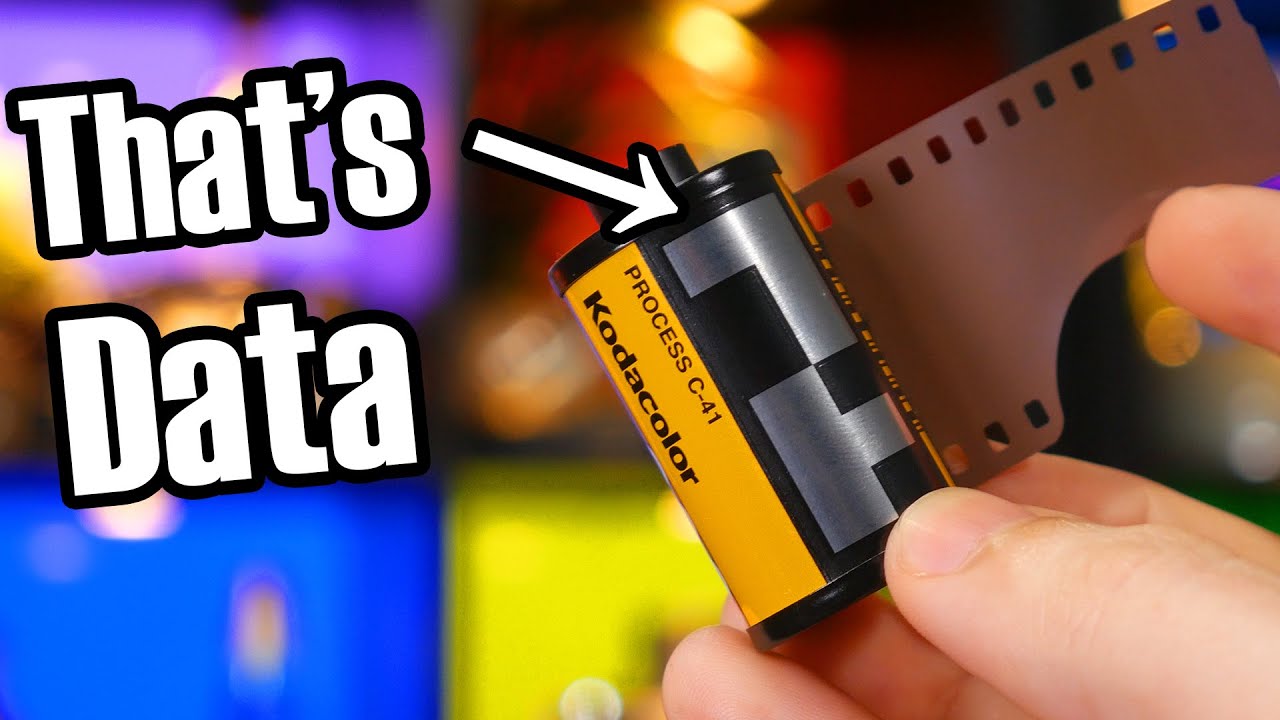Despite numerous attempts to simplify mass market film photography with a variety of film formats, cassette loading systems, and even schemes such as disc film, those pesky customers kept buying 35 mm film in the classic 135 cartridge (introduced by Kodak in 1934), and camera manufacturers, especially in Japan, launched ever more clever mass market cameras to use the format, for which the widest choice of film, by far, was available.
While cameras simplified the loading, film advance, rewind, and unloading process, photographers still had to set film speed (sensitivity), and failing to do so when switching film resulted in many a lost roll of film, and not just among amateurs, but also professionals who used multiple film types for a shoot.
In 1983, Kodak launched an effort to ameliorate this confusion by adding digital coding to its 135 film in three ways: an electrically readable bar code cameras could use to set film speed, roll length, and exposure latitude from the film loaded in the camera, a bar code on the cartridge to inform film processors which process to use with the contents, and a latent image on the film giving frame numbers and identifying the emulsion type.
This system, called DX Encoding, was rapidly adopted by most other major film makers and camera manufacturers, and in a few years one began to see low-end cameras that didn’t even allow manual film speed setting.
